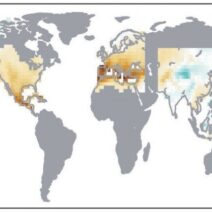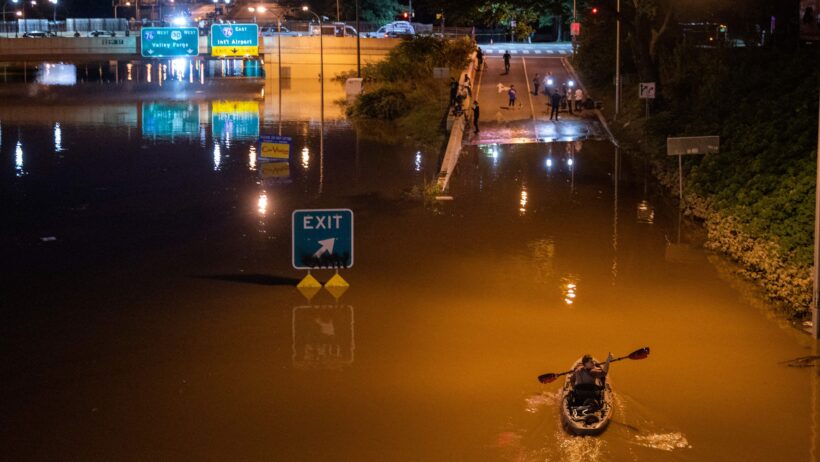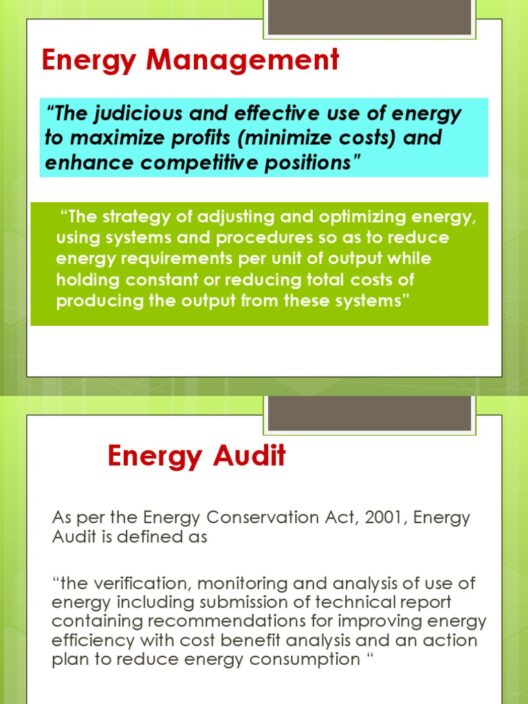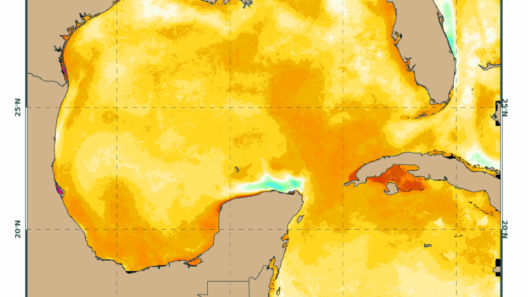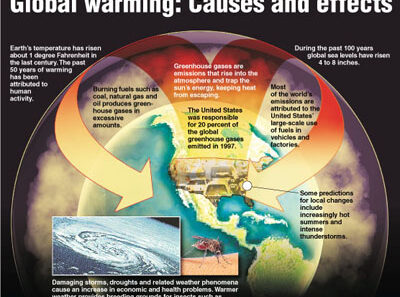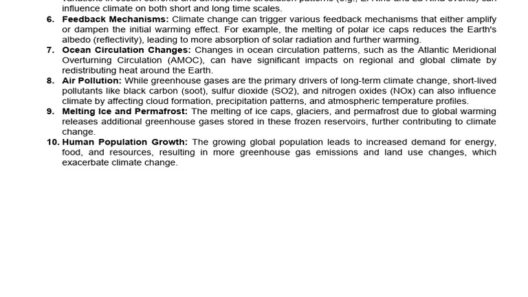Climate change has become a ubiquitous phrase in contemporary discourse, frequently interwoven with discussions about extreme weather events. One of the most profound manifestations of this phenomenon is the increasing intensity and frequency of hurricanes, which are exacerbated by the changing climate. As temperatures rise due to the accumulation of greenhouse gases in the atmosphere, ocean temperatures escalate as well. This convergence amplifies the dynamics that govern hurricanes, particularly focusing on the perilous storm surges that accompany these powerful systems.
To understand the nuanced relationship between climate change and hurricanes, one must first comprehend the mechanics of hurricane formation. Hurricanes, or tropical cyclones, derive their energy from warm ocean waters. As the ocean surface temperature increases, so does the potential energy available to these storms. Warmer waters provide the necessary heat and moisture to fuel the convection processes critical for storm development, thereby enhancing their intensity. Consequently, researchers have noted a direct correlation between rising sea temperatures and the escalating ferocity of hurricanes.
This correlation manifests not only in hurricane wind speeds but also in the concomitant phenomenon of storm surge. Storm surge refers to the abnormal rise of water level generated by the winds and pressure of a hurricane. When a hurricane approaches the coastline, powerful winds push seawater toward the shore, resulting in significant increases in water levels, often leading to catastrophic flooding. The severity of storm surge is influenced by several factors, including the storm’s intensity, forward speed, and approach angle.
In recent decades, the intensity of hurricanes has shown a discernible upward trend. The National Oceanic and Atmospheric Administration (NOAA) has reported that the number of category 4 and 5 hurricanes has increased. This escalation is pivotal because stronger hurricanes not only produce higher wind speeds but also generate more pronounced storm surges. A potent storm surge can inundate coastal areas, overtaking infrastructures, and displacing communities, leading to long-lasting economic and social repercussions.
Moreover, climate change is contributing to rising sea levels, another critical factor exacerbating the storm surge phenomenon. As polar ice caps melt and seawater expands due to increasing temperatures, sea levels continue to rise. On average, global sea levels have risen over the past century, heightening the risks associated with storm surges. Consequently, even storms of moderate intensity can cause significant flooding in previously safe zones, transforming coastlines permanently and altering geographical landscapes.
The implications of these developments extend beyond immediate flooding. The compounded effects of climate change and enhanced storm surge have far-reaching consequences for biodiversity, ecosystems, and human settlements. Coastal habitats are particularly vulnerable, often serving as critical buffers against storm impacts. Wetlands, mangroves, and coral reefs play an indispensable role in reducing the energy of storm surges. However, as these ecosystems face threats from rising sea levels and coastal development, their capacity to protect against storm surges diminishes, further exacerbating the vulnerability of coastal communities.
Socioeconomic factors also intersect with the phenomenon of storm surge exacerbated by climate change. Low-lying coastal areas often have a disproportionate number of economically disadvantaged populations who lack the resources to evacuate or prepare adequately for hurricanes. During extreme weather events, these communities face heightened risks, leading to both immediate and long-term impacts on public health and economic stability. The intersection of climate policy with social equity becomes increasingly crucial, as efforts to mitigate climate change must also address the systemic inequities that leave certain populations more susceptible to the detrimental effects of hurricanes.
Addressing the complexities of climate change and hurricane intensity requires a multifaceted approach. Enhanced forecasting techniques and improved infrastructure resilience are essential components of disaster preparedness. Investing in coastal defenses, such as seawalls and living shorelines, can help buffer against incoming storm surges. Furthermore, effective land-use planning and sustainable development practices can minimize the risks posed by hurricanes, ensuring that communities are better equipped to withstand extreme weather events.
Moreover, educating the public about the risks associated with climate change and hurricanes is vital. An informed populace is more likely to support climate action initiatives and advocate for policies that prioritize sustainable practices. As awareness of the linkage between climate change and hurricanes grows, it reinvigorates discourse around the necessity for robust climate legislation that aims to curb emissions and develop adaptive strategies for vulnerable regions.
In conclusion, the connection between climate change and hurricanes is unequivocal and profoundly troubling. Rising ocean temperatures, increased hurricane intensity, and higher sea levels culminate in a perilous future characterized by intensified storm surges. The urgency of addressing climate change cannot be overstated, as the well-being of coastal communities and the integrity of natural ecosystems are at stake. The imperative for collective action has never been clearer: confronting climate change requires a concerted effort to protect our planet and mitigate the impacts of these destructive storms. The time to act is now, as the very fabric of our environment hangs in the balance.
